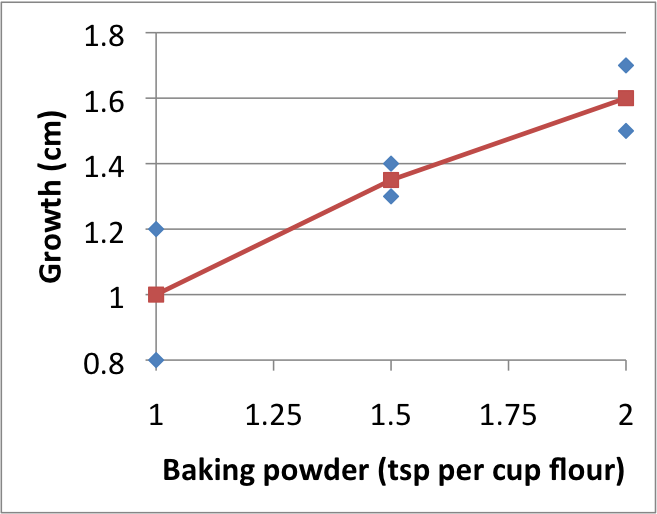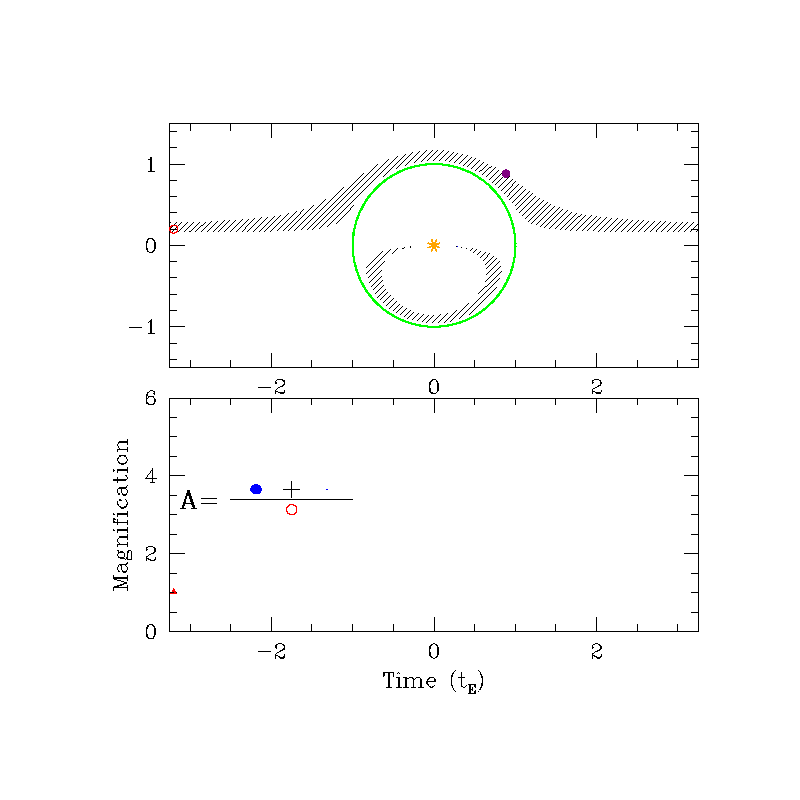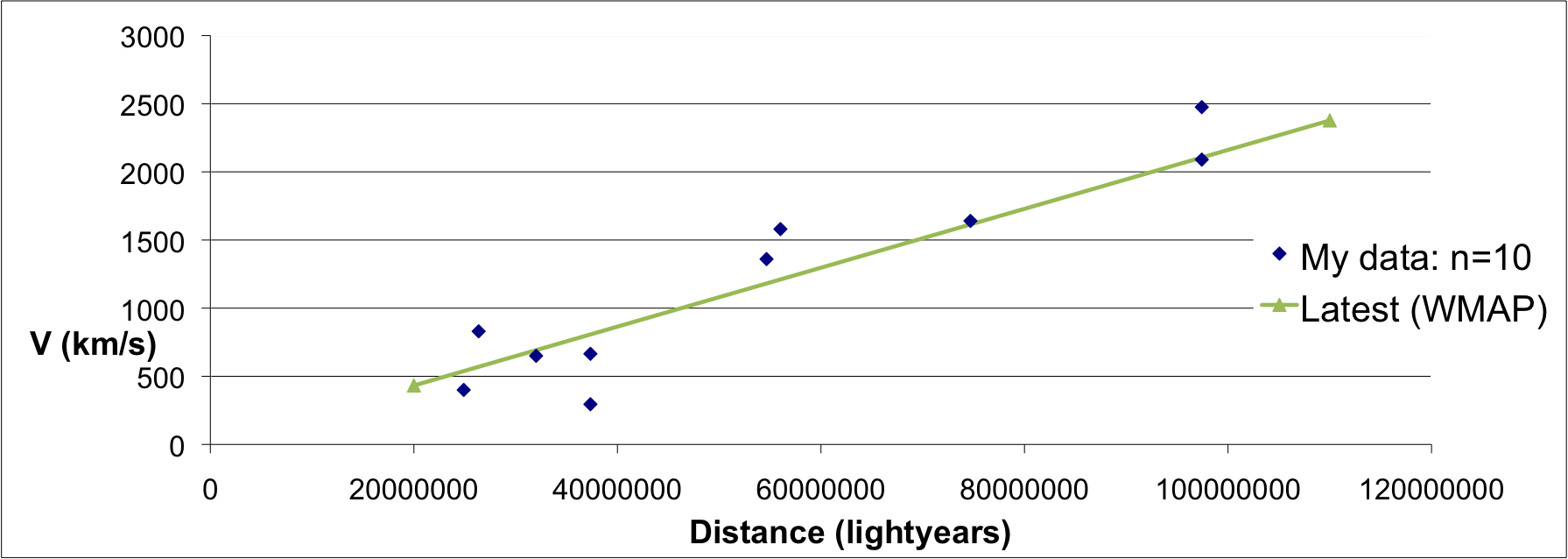Words I couldn’t spell
April 29th, 2009 at 11:10 pm (Vocabulary)
On a lark, I signed up last weekend for the National Adult Spelling Bee, to be held this Sunday in Long Beach. The website helpfully provides a list of words that were used in last year’s competition as well as an interactive online spelling bee with which you can practice. So far I’ve compiled a hefty list of words on which I would have failed, had I been called upon to spell them. (I note there is a difference between recognizing a word as printed and translating from the word spoken aloud to its printed form — so there are words that I could read but might not be able to spell aloud.) Let’s hope none of them make an appearance Sunday, or that I remember their proper spellings!
- souk: an Arab marketplace or bazaar
- escutcheon: a shield or emblem bearing a coat of arms
- weir: a low dam built across a river to regulate its flow
- vichyssoise: a soup made with potatoes, leeks, and cream
- mahout: a person who tends an elephant
- etouffee: a spicy Cajun stew made with vegetables and seafood
- axolotl: a Mexican salamander
- adrenergic: activated by or capable of releasing epinephrine (are you kidding me?)
- tremolo: a wavering effect in a musical tone
- gabion: a wirework container filled with rock, broken concrete, or other material, used to construct dams
- … and so on…
I’m also concerned about homonyms. What if “philter” or “burgher” or “mien” comes up and it doesn’t occur to me to ask for a definition before spelling it? (Oh, whew, the rules indicate that in the case of homonyms, the pronouncer is to state which of the meanings is intended.)
I don’t actually care if I win. My goal is rather more humble: to misspell a word that I genuinely don’t know, instead of misspelling a word because of a stupid mistake, as in my fifth grade spelling bee when I was asked to spell “alcohol” and hastily began with “a-c-” and then stopped, because you can’t correct yourself. Not this time! This time, I will be slain with honor by budgerigar or gangue or rasorial or the like! If all goes well.


